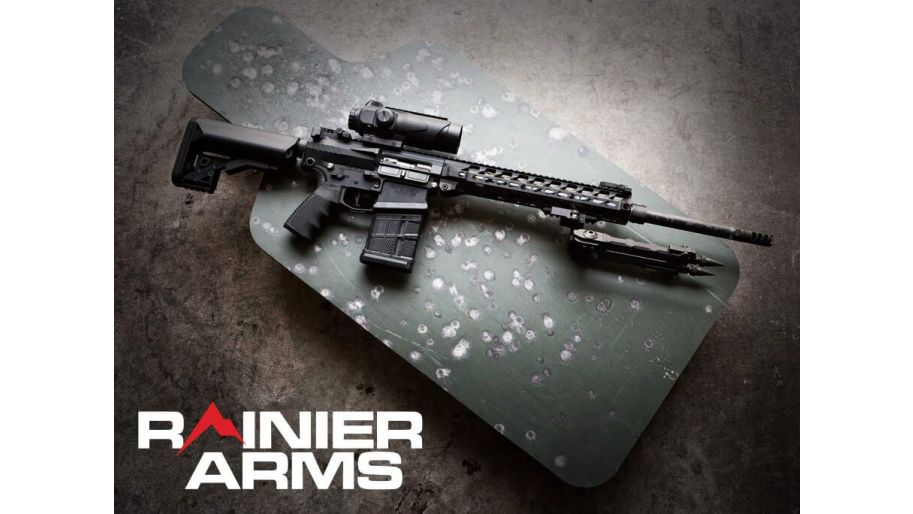Thinking of buying a gun? Cool, owning a gun is great for your protection. But, the question is: do you know how to use it?
Yeah, it may seem sometimes that firearms are easy to handle, especially when you watch lots of action movies, but the reality is different.
So where should you start?
Understand the Basics of Firearms
First off, before training, you should have some knowledge of how firearms work, their parts, and what types of firearms are out there.
For example, read more and learn about different types of firearms like handguns, rifles, and shotguns. There are also some variations, but you’ll get to them through time.
You can also read our recent detailed article about different types of firearms written by Peter Suciu.
Other things you’ll need to understand better are calibers, action types, safety mechanisms, and of course to know whether a firearm is loaded or not.
It is worth knowing at least some basics before deciding to begin with firearm training.
Find a Reputable Firearm Training Instructor or Course
This!
As with any other sport, a good trainer is half the job. And it’s especially important when it comes to firearms, because they, you know, can hurt people.
There are a few things you should think of when picking a firearm trainer such as certificates and credentials, experience, background, student reviews, teaching style, etc.
There are more factors you can consider later, but these will be fine for now.
A good firearm instructor will teach you basics, marksmanship, firearm safety rules, and legal aspects of firearm ownership and use.
Safety Above All
There are four main rules to keep in mind:
- Treat every firearm like it’s already loaded.
- Keep your finger off the trigger until ready to shoot.
- Don’t point the muzzle at anything you don’t want to destroy.
- Be aware of your target and what’s behind it. Pay attention to this one as bullets can penetrate through some things.
Choose a Beginner-Friendly Firearm
Don’t rush with rifles from the start. Why?
Larger the caliber - the more recoil.
If you’re firing a gun for the first time, go with smaller calibers as they have less recoil. That way you can practice your muscles to get used to shooting.
When you get enough strength in your arms and learn how to control your weapon, you can proceed with larger calibers.
Learn Fundamentals of Shooting
To start with your training, you should learn some basics. This is something that your instructor should teach you and it includes:
- Stance: Body positioning for stability and recoil.
- Grip: How to hold your gun.
- Sight alignment: How to align front and rear sight.
- Sight picture: How the target should look when correctly aligned with sights.
- Trigger control: Squeezing the trigger smoothly.
Live Fire Practice
After you passed through all the previous steps, it’s time for some live rounds to shoot.
With the guidance of your instructor, you can start shooting. The instructor will ensure your progress at a comfortable pace and develop your skills safely.
Dry Fire Practice
Dry fire is another way of firearm training. It means you will practice shooting techniques without live ammo.
This shouldn’t concern you as dry fire practice helps with improving your stance, grip, sight alignment, and trigger control.
Of course, before dry fire practice, ensure that the gun is unloaded and doesn’t have live ammo.
Conclusion
Well, that’s all for now. By following the list of advice from above, you can slowly start to learn and improve your shooting skills and firearm knowledge, and who knows, maybe one day you build your own firearm like Glock or AR15.
If you’re interested in these topics too, check these two articles we wrote:










